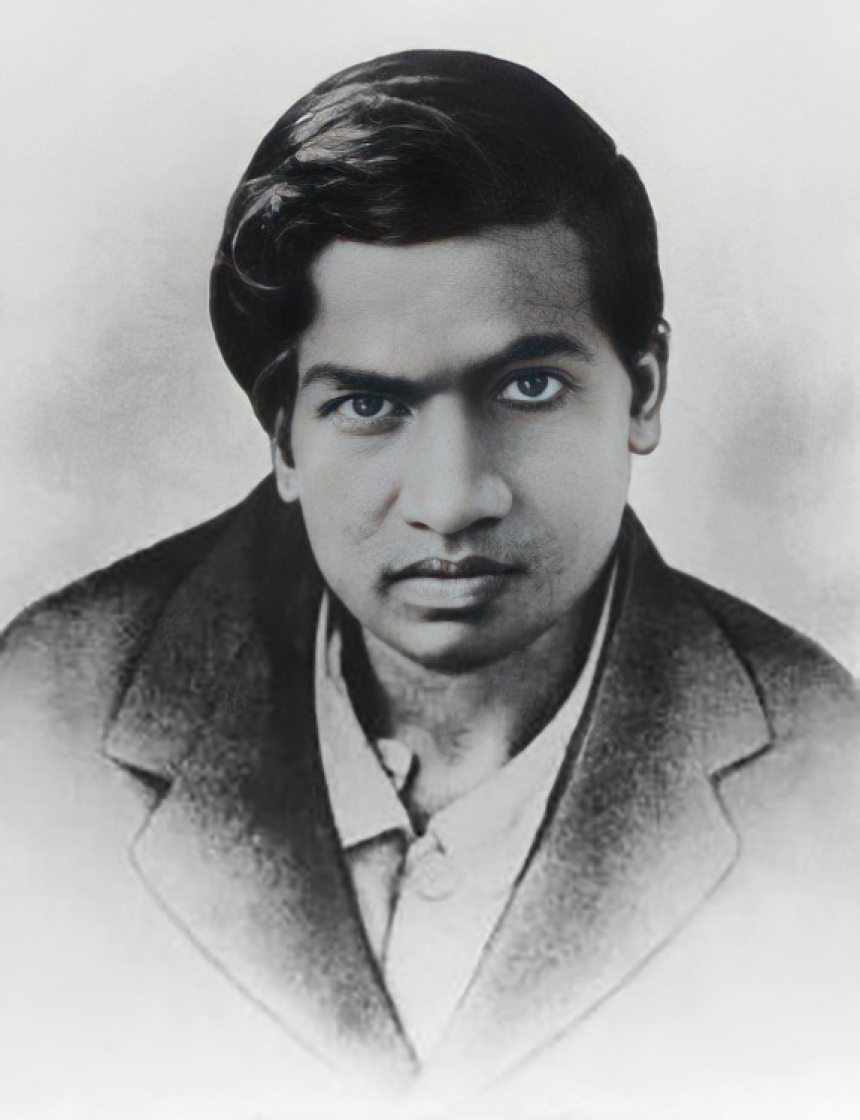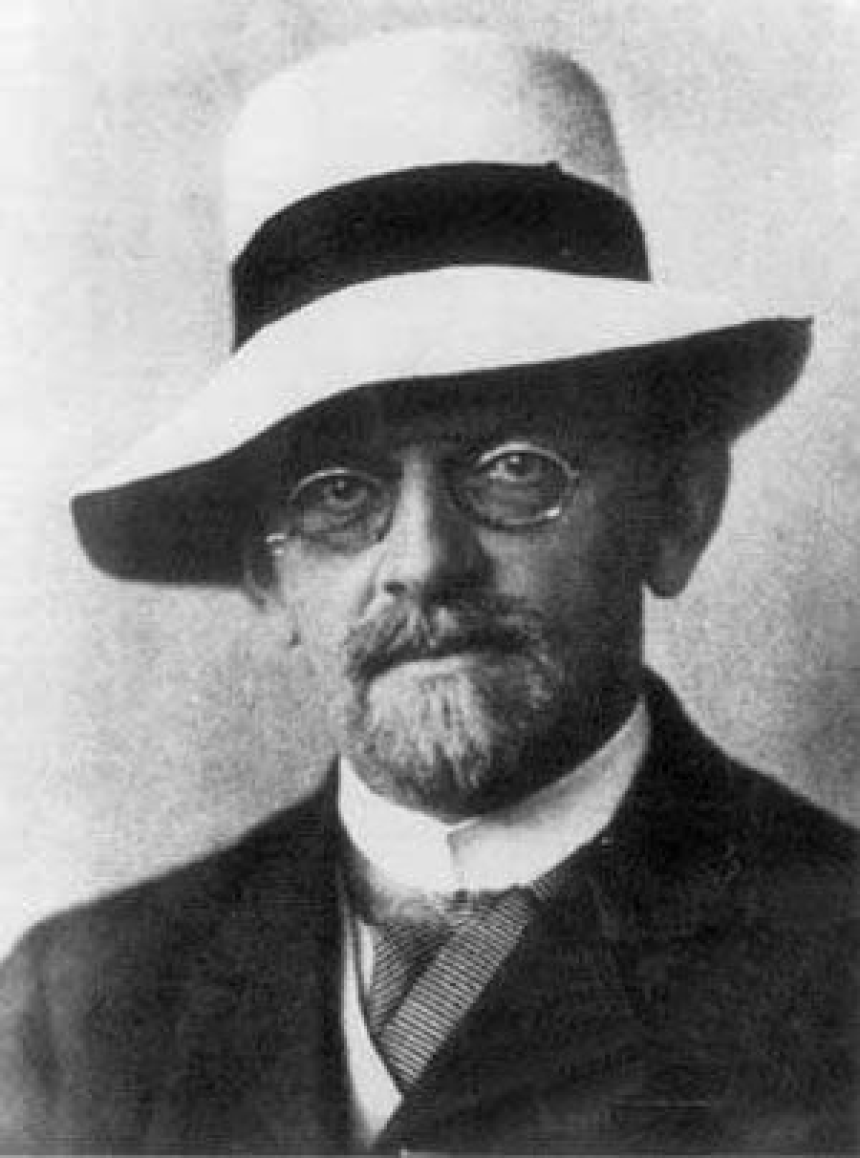
Srinivasa Ramanujan
Srinivasa Ramanujan: A Mathematical Prodigy
Srinivasa Ramanujan: A Mathematical ProdigySrinivasa Ramanujan was an Indian mathematician who made significant contributions to the field of mathematics, especially in the area of number theory. Born on December 22, 1887, in Erode, Tamil Nadu, Ramanujan had an exceptional talent for mathematics from a young age.
Early Life and EducationRamanujan's early life was marked by financial difficulties and a lack of formal education. He showed a keen interest in mathematics from a young age and began studying advanced mathematical topics on his own. Despite facing numerous challenges, Ramanujan's passion for mathematics continued to grow.
In 1903, Ramanujan entered the Government Arts College in Kumbakonam, where he studied mathematics but failed in other subjects. However, his brilliance in mathematics caught the attention of a mathematics professor, who recognized his extraordinary talent and encouraged him to pursue further studies.
Although he was unable to complete his degree due to financial constraints, Ramanujan continued his mathematical pursuits independently. He spent countless hours poring over textbooks and notebooks, experimenting with different formulas and concepts.
Contributions to MathematicsRamanujan's work focused primarily on number theory, a branch of mathematics that deals with the properties and relationships of numbers. He made significant discoveries and formulated numerous theorems that have had a lasting impact on the field.
One of his most famous contributions is the Ramanujan Prime, which are prime numbers that possess unique properties. He also developed groundbreaking formulas for calculating pi, a mathematical constant that represents the ratio of a circle's circumference to its diameter.
Ramanujan's work on modular equations and theta functions further enhanced the understanding of number theory. His groundbreaking discoveries attracted the attention of prominent mathematicians, including G.H. Hardy, who became his mentor and collaborator.
Recognition and LegacyIn 1913, Ramanujan received a scholarship to study at the University of Cambridge in England, where he worked closely with G.H. Hardy. Together, they published several papers on number theory and combinatorial analysis.
Ramanujan's remarkable abilities earned him recognition and respect in the mathematical community. In 1918, he was elected a Fellow of the Royal Society, becoming the first Indian to receive this honor.
Unfortunately, Ramanujan's life was cut short due to illness, and he passed away on April 26, 1920, at the age of 32. However, his contributions to mathematics continue to inspire and influence mathematicians around the world.
Today, Ramanujan is revered as one of the greatest mathematicians of all time. His extraordinary talent, coupled with his unyielding passion for mathematics, has left an indelible mark on the field. His work continues to be explored and studied, and his legacy lives on in the countless theorems and formulas that bear his name.
ConclusionSrinivasa Ramanujan was a mathematical genius who made significant contributions to the field of mathematics, especially in the area of number theory. Despite facing numerous challenges, he managed to overcome them and pursue his passion for mathematical research. His work continues to inspire and amaze mathematicians around the world, cementing his place as one of the most exceptional minds in the field of mathematics.
Frequently Asked Questions1. What were Ramanujan's notable contributions to mathematics?Ramanujan made significant contributions to number theory, including the discovery of Ramanujan Primes and the formulation of groundbreaking formulas for calculating pi. He also worked extensively on modular equations and theta functions.
2. Who was Ramanujan's mentor?G.H. Hardy, a prominent mathematician at the University of Cambridge, became Ramanujan's mentor and collaborator. Together, they published several papers on number theory and combinatorial analysis.
3. When did Ramanujan receive recognition for his work?Ramanujan received recognition for his work when he was elected a Fellow of the Royal Society in 1918, becoming the first Indian to receive this honor.
4. What was Ramanujan's educational background?Due to financial constraints, Ramanujan was unable to complete his degree. However, he continued his mathematical pursuits independently and made significant contributions to the field without formal education.
5. How did Ramanujan's work influence mathematics?Ramanujan's work revolutionized the field of mathematics, particularly in number theory. His theorems, formulas, and discoveries continue to be studied and applied by mathematicians worldwide, furthering our understanding of mathematical concepts.





